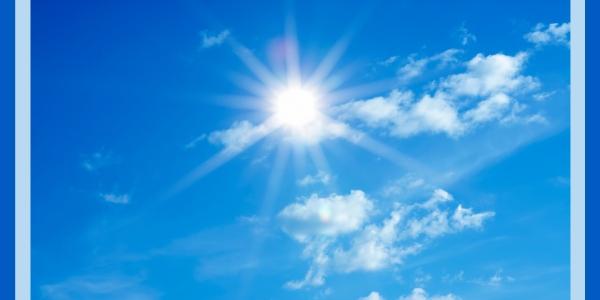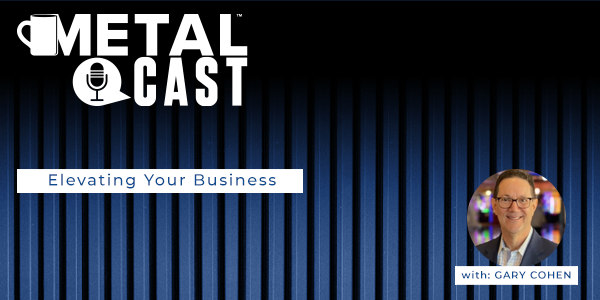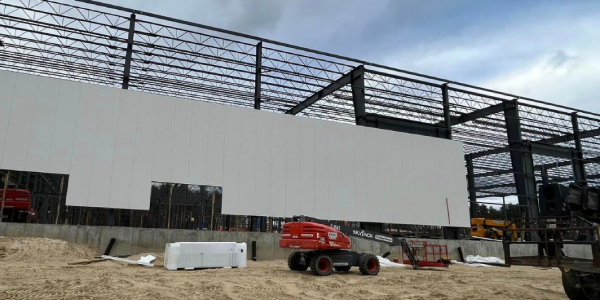UP TO THE MINUTE
Shining a light on healthier building designs
February 9, 2025 at 3:00 p.m.By Jesse Sanchez.
Exploring the critical connection between natural light and human well-being.
In this episode of MetalCast™, Heidi J. Ellsworth sat down with Joe Menchefski, host of the Better Buildings for Humans podcast and a corporate sales leader at Advanced Glazings, to discuss the profound impact of architectural daylighting on human health and building design. This engaging conversation looks into the science and significance of natural light, providing a glimpse into an innovative approach that’s reshaping the built environment.
Joe, who has spent nearly two decades with Advanced Glazings, explained the company’s mission to optimize natural light in buildings using innovative insulated glass units (IGUs) designed to diffuse light rather than merely transmitting it. He shared, “We make an IGU that diffuses light as opposed to being a transparent glass product. And what that does is it takes away the hot spots and you can control solar heat gain very carefully and you end up with a really beautiful daylighted space inside a more valuable building, a building that people want to be in and generally a healthier building as well.”
A recurring topic of the discussion was the often-overlooked health consequences of spending too much time indoors under artificial lighting. “Humans have been living outside and spending much of our time-out in the sunlight, out in the fresh air for centuries, for millennia and then all of a sudden in the last a hundred years, we spend more than 90% of our time inside of buildings,” Joe explained. This modern reality stands in stark contrast to humanity’s evolutionary history. He pointed to emerging research linking insufficient exposure to full-spectrum natural light to serious health issues, including sleep disorders and even conditions like diabetes.
One particularly striking insight was the potential downsides of common energy-efficient solutions like LED lighting and low-E glass coatings. “LED lights are so incredibly cost-effective, so energy effective, but they don’t have red spectrum. And we’re finding all kinds of things, even diabetes and things like that are possibly related to an absence of red in the light spectrum,” Joe stated. For example, the absence of red light in LED lighting has been implicated in disrupting circadian rhythms.
This exploration of natural light’s role in productivity, well-being and sustainability is just the beginning. With over 70 episodes of Better Buildings for Humans under his belt, Joe continues to bridge the gap between building science, architecture and human-centric design.
Read the transcript, Listen to the podcast or Watch the webinar to learn more about the interplay of daylighting and the evolving trends in construction!
Stay up to date with the latest industry news when you sign up for the Coffee Shop eNews.

About Jesse
Jesse is a writer for The Coffee Shops. When he is not writing and learning about the roofing industry, he can be found powerlifting, playing saxophone or reading a good book.





















Comments
Leave a Reply
Have an account? Login to leave a comment!
Sign In